 | John Keill - 1745 - 352 pages
...thofe Viciffitudes of Seafon that yearly happen, w'st. Summer, Winter, Spring, and Autumn: for if the Axis of the Earth were perpendicular to the Plane of its Orbit, there would be no Alterations of Seafbns, no Differences in the Days and Nights, but every Part of... | |
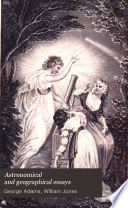 | George Adams - Astronomy - 1812 - 552 pages
...summer than in winter; and this alternate sinking and rising is perceptible over the whole globe, If the axis of the earth were perpendicular to the plane of its orbit, the equator and the orbit (or ecliptic), would coincide ; and as the sun is always in the plane of... | |
 | George Adams - Astronomy - 1812 - 586 pages
...and rising is perceptible over the < ;. ?., irf I'- $ -ir r ,f :•) -.;.-.• : whole globe. If the axis of the earth were perpendicular to the plane of its orbit, the equator and the orbit (or ecliptic)^ would coincide ; and as the sun is always in the plane of... | |
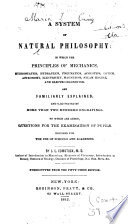 | John Lee Comstock - Physics - 1813 - 448 pages
...and, consequently, that he always enlightens 180 degrees, or one half of the earth. If, therefore, the axis of the earth were perpendicular to the plane of its orbit, the days and nights would everywhere be equal, for as the earth performs its diurnal revolutions, there... | |
 | John Lee Comstock - Physics - 1830 - 308 pages
...and consequently, that he always enlightens 180 degrees, or one half of the earth. If, therefore, the axis of the earth were perpendicular to the plane of its orbit, the days and nights would every where be equal, for as the earth performs its diurnal revolutions,... | |
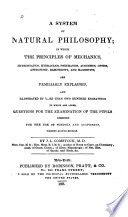 | John Lee Comstock - Physics - 1835 - 308 pages
...and consequently, that he always enlightens 180 degrees, or one half of the earth. If, therefore, the axis of the earth were perpendicular to the plane of its orbit, the days and nights would every where be equal, for as the earth performs its diurnal revolutions,... | |
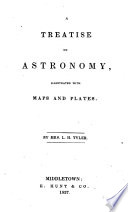 | Mrs. L. H. Tyler - Astronomy - 1837 - 302 pages
...described in that article, and in adWill you explain how this may be illustrated by fig. 43 ? Suppose the axis of the earth were perpendicular to the plane of its orbit, what would be the consequence? How much is it inclined ? What is the consequence of this? What experiment... | |
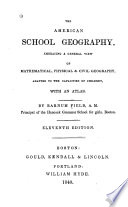 | Barnum Field - Geography - 1840 - 168 pages
...four seasons? What in the figures represent The Earth's axis? Polar circles? Tropics? Equator? If the axis of the Earth were perpendicular to the plane...21st of June affect the northern polar region, and the part of the Earth north of the Equator ? Which, at this time, north of the Equator, are the longest,... | |
 | John Lee COMSTOCK (and HOBLYN (Richard Dennis)), John Lee COMSTOCK - 1846 - 506 pages
...and, consequently, that he always enlightens 180 degrees, or one half the earth. If, therefore, the axis of the earth were perpendicular to the plane of its orbit, the days and nights would everywhere be equal, for as the earth performs its diurnal revolutions, there... | |
 | Richard Phillips (sir.) - 1851
...and, consequently, that he always enlightens 180 degrees, or one half the earth. If, therefore, the axis of the earth were perpendicular to the plane of its orbit, the days and nights would everywhere be equal, for as the earth performs its diurnal revolutions there... | |
| |